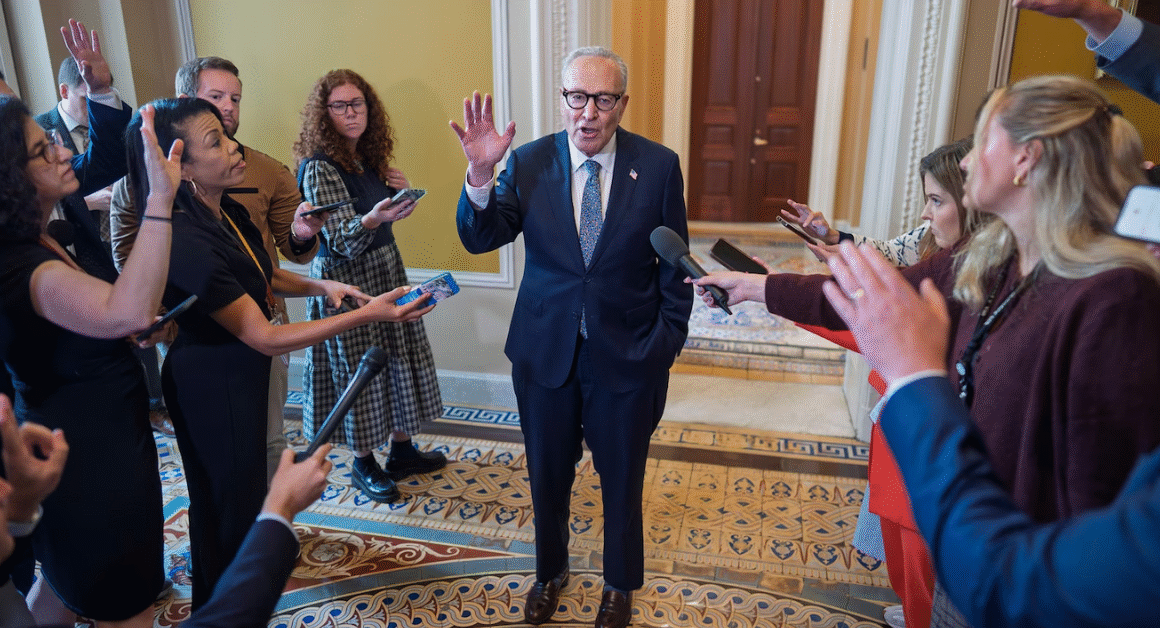Telehealth has transformed healthcare delivery across the United States, offering convenience, safety, and accessibility, especially during the COVID-19 pandemic. However, the flexibilities that made telehealth widely available are set to expire on September 30, raising concerns about what this “policy cliff” will mean for millions of patients and healthcare providers.
The expiration could significantly change how telehealth services are reimbursed and delivered, potentially limiting access for many. Understanding these upcoming changes is important for anyone relying on telemedicine, whether for routine check-ups or managing chronic conditions.
What Are Telehealth Flexibilities?
During the COVID-19 public health emergency, the government introduced temporary flexibilities to expand telehealth services. These allowed healthcare providers to offer virtual visits more easily by easing rules around technology use, provider licensing, and reimbursement rates.
The Centers for Medicare & Medicaid Services (CMS) expanded coverage to include a wider range of services and allowed patients to receive care from home instead of traveling to clinics. The Health and Human Services (HHS) Office of Civil Rights also relaxed privacy rules to make it easier to use common video platforms safely.
Why Is September 30 a Critical Date?
The public health emergency will end on September 30, and with it, many of the temporary telehealth flexibilities will be rolled back. This means stricter regulations and limits on which telehealth services are covered and reimbursed, potentially reducing access for many patients.
Providers may face challenges adapting back to pre-pandemic policies, which can make telehealth less convenient or financially viable. Medicare, a major payer for telehealth services, could tighten rules on the locations from which patients can receive virtual care, among other restrictions.
Implications for Patients and Providers
Patients, especially those in rural or underserved areas, might find it harder to access doctors without traveling long distances. Individuals managing chronic illnesses or with mobility challenges could see fewer options for remote care.
Healthcare providers could experience administrative burdens and financial uncertainty as reimbursement policies shift. Some may reduce telehealth offerings or require in-person visits, which might not be possible or safe for all patients.
What’s Being Done to Address the Policy Cliff?
Lawmakers and healthcare leaders have recognized the importance of maintaining expanded telehealth access. Several bills are being reviewed in Congress aiming to make some of the flexibilities permanent or to extend the emergency period, thereby preventing abrupt policy changes.
According to [Kaiser Health News](https://khn.org/news/article/telehealth-waivers-expiration-september-30/), advocates argue that permanent telehealth reforms will improve healthcare equity and outcomes. CMS has indicated plans to continue supporting telehealth in some form but exact details and timelines remain uncertain.
How Can Patients Prepare?
Patients relying on telehealth should stay informed about their insurance coverage and understand any upcoming changes from their healthcare providers. Scheduling necessary appointments ahead of the September 30 deadline might help avoid disruptions.
It’s also important to maintain communication with doctors about alternative care options if telehealth services become less accessible. Checking for updates from trusted sources such as [CDC](https://www.cdc.gov/coronavirus/2019-ncov/hcp/telehealth.html) or CMS can provide guidance on navigating these changes.
The Future of Telehealth
While the policy cliff poses challenges, the widespread adoption of telehealth has permanently shifted how healthcare is delivered. Many believe a balanced approach incorporating both virtual and in-person care will continue to evolve.
Continued advocacy for fair reimbursement and technology access will be key to ensuring telehealth remains a valuable option for patients of all ages and locations.













